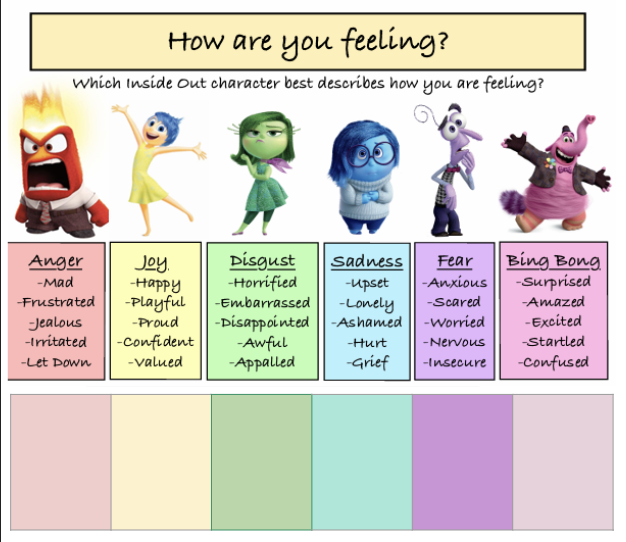Classroom management techniques
Strategies for primary classrooms.
- Routines/expectations – Music to get students ready for the next activity. Slides for visuals (helps with French language barriers. Timers/Bells can increase efficiency. When the music ends, the class is ready for the next activity.
- SEL check-ins – The “Inside Out” check-in uses familiar emotions that have been adapted for a movie. Written self-check-ins potentially give us a more in-depth analysis, but can pose challenges for younger students.
- Soft start – Tools for soft start include: Playdogh, painting/drawing, Calm music, Yoga, Reading, and Counting.
- Modelling – I do, We do, You do Have examples of each level of quality (emerging, developing, proficient, extending)
- Inquiry/strength-based approach – Student agency Meeting both those who don’t care or those who are extending
- Grading – students use digital portfolios to share work, allowing parents to be well-informed about what the child is doing at school. The student’s best/most important work is posted online to this portfolio.
- Co-creation and collaboration – as teachers, we should seek out and find solutions with our colleagues. That being said, co-creating rules and assessment rubrics with the students can increase buy-in for activities and assignments.
- Culturally responsive – Teachers must be aware of and able to educate others about the Indigenous peoples of Canada. Including FPPL in our teaching strategies is a good first step. Make sure to also include the 5Rs: Responsive relationships, reason, resources, reflective dialogue, recognition.
Here are some check-ins to throw up on the board board at the start of a class.

